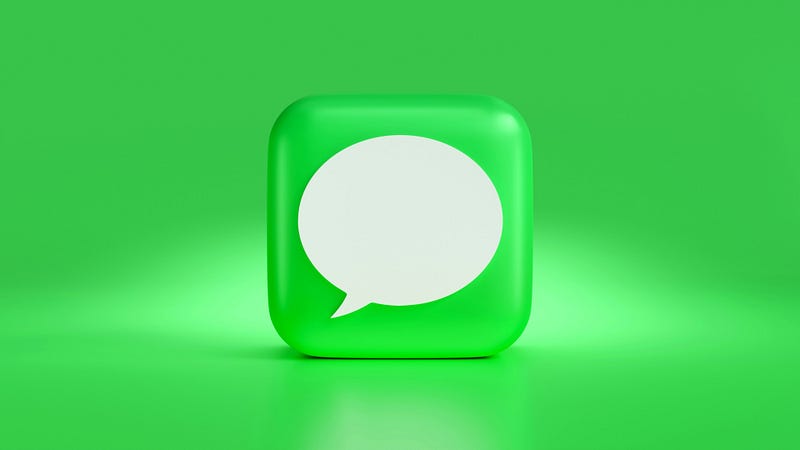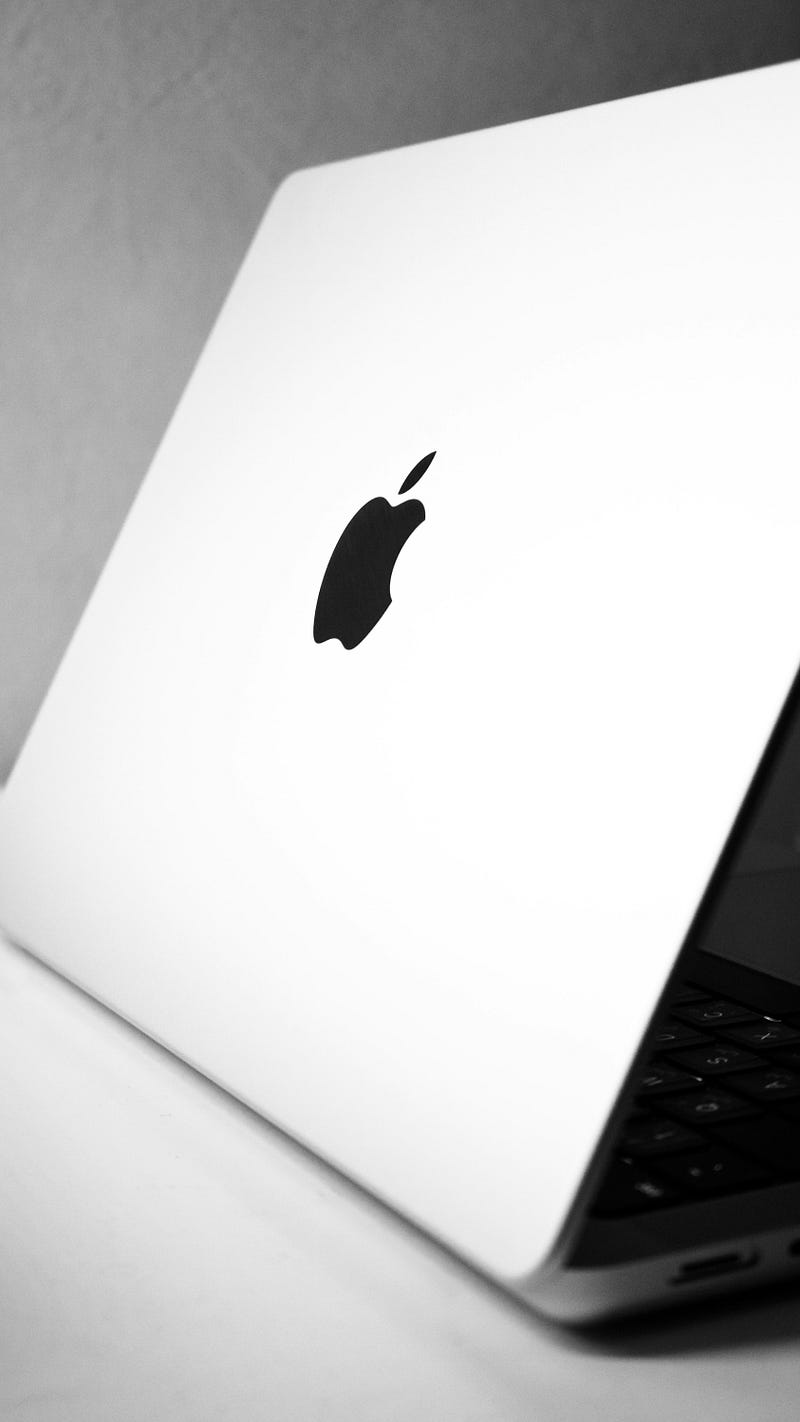
It started, as so many sinister things do, with something seemingly innocuous — a simple pop of color. For most, the gentle transition from brilliant blue to cool green wouldn’t have warranted a second glance. But for the teenagers embroiled in this sordid tale, that shift held a far more insidious meaning.
You see, in the strange hierarchy that exists within the digital playgrounds of the young, your standing was defined not by wealth, looks or charm, but by the hue of the bubbles that enclosed your messages. Blue, a sacred marking, granted by the priesthood of Cupertino itself, was a badge of honor. Green, on the other hand, marked you as an outcast, a tarnished soul damned to roam the fringes.
How did such an absurd situation arise, you ask? Like any descent into madness, it began with what appeared to be the best of intentions…
The Walled Garden’s Promise
In a world plagued by malware and ceaseless cyber-threats, Apple has long prided itself on offering an oasis of security — a walled garden, they called it. Within those digital ramparts, users would be protected, able to communicate and share without fear of prying eyes or malicious intent.
This sanctum was manifest in iMessage, Apple’s secure messaging platform. With powerful encryption cloaking every communique, iMessage promised privacy and safety for all its users’ communications. Or so we thought…
Unknown to most, lying dormant within this fortress lay the seeds of something far darker. You see, iMessage didn’t just safeguard your messages, it separated the faithful from the unwashed masses in the starkest of terms.
The Blue Bubble Divide
For those within the garden, raised on the sweet nectar of Apple’s ecosystem, messages appeared in soothing blues and emerald greens — a watercolor palette of tranquility. But for the outcasts holding Android devices or other heretical handsets, their blasphemous texts were highlighted in a vulgar green — a glaring “unsecured” warning for all to see.
What seemed like a simple matter of nomenclature quickly became a visible dividing line. Within friend groups, at schools, and across social circles, the world had bifurcated into two tiers — the blue bubble elite, and the green bubble untermensch.
At first, it was just some harmless ribbing between friends over their “unsecured” status. Jokes about being poor, or stuck on outdated technology. Typical teenage prattle. But as these dynamics so often do, the undercurrent of mockery quickly calcified into something more pernicious — tribalism of the worst sort.
A New Dimension of Cruelty
As if the overt segregation weren’t damaging enough, Apple’s innovations enabled an entire mutated strain of bullying — one that preyed on the inherent need for identity and belonging that so consumes the teenage mind.
You see, beyond its myriad functions, iMessage allowed users to create Memoji — personalized 3D avatars designed to represent themselves in virtual form. These humanoid figures could be customized with countless accessories, outfits, and even speech animations to mimic the sender’s facial expressions.
While innovative, this feature quickly became a venue for shunning gone awry. Like etchings mocking thosebanished from some archaic village, the Memoji enabled bullies to caricature and demonize their green bubble peers in highly personalized displays of mockery.
One moment, a teens’ iPhone would ding with a new group message from friends. Then, before their eyes, a perversely animated effigy of themselves would appear — green text glaring from its disembodied mouth like some malevolent spirit.
The customizations only compounded the cruelty. Grotesque features amplified for comic effect; skin tones altered into offensive hues; garish hairstyles and pudgy body rendering to accentuate every insecurity.
As these profane avatars danced, their movements perfectly mirroring the bullies’ real expressions, such graphic dehumanization enabled attacks that cut deeper than any mere words. It was disturbingly high-tech shade taken to its most visceral extreme.
The Gathering Storm

For months, this cyber-bullying festered through high schools and teenage circles. Social media became awash with firsthand accounts of shattered self-worth, anxiety, and depression — all as a byproduct of Apple’s insulated ecosystem.
At first, these cries for help went unanswered,written off as just the ephemeral agonies of youth. Across Silicon Valley, Apple’s tight-lipped ivory tower remained unmoved.
That is, until a fateful survey shed light on a chilling truth…
Initial reports from the esteemed Pew Research Center cast the “green bubble” menace in stark relief. Their data revealed that a startling percentage of teenagers who used Android devices reported persistent bullying over their device’s operating system. The alienation, stemming from the drab green hue of their texts, had become a powder keg.
In the days after the survey’s release, like a shockwave radiating outward, indignation rippled through the darker corners of social media. On TikTok, Twitter, and long-dormant Reddit threads, anguished firsthand testimonies of cruelty, each more horrific than the last, began to emerge.
As accounts of psychological torment Memoji debasement went viral, mainstream news outlets caught wind of the scandal — and the public furor was swift. Talk shows roasted Apple’s negligence, mental health advocates sounded cries of outrage, and investors began to ask uncomfortable questions about the consequences of putting profits over user safety.
For a brand cult renowned for its fanatical devotion, this blemish on Apple’s glossy facade represented an existential threat. In the court of public opinion, their walled garden was beginning to look more like a coveted clique run by negligent authoritarians.
Hastily convened damage control meetings did little to stem the bloody torrent of backlash. Even Apple’s legendary cohort of defenders were taken aback by the human cost of their exclusionary practices. Something had to be done…before the entire operation went nuclear.
A Message From On High

When Apple’s innovator-prophet Tim Cook finally killed the radio silence, the messaging was succinct yet clear — contrition….but with caveats.
In an open letter, the CEO reinforced the company’s stance that its encryption standards and commitment to user privacy would never be compromised. But, Cook admitted, perhaps some elements of the iMessage experience had been implemented ham-fistedly, even enabling harassment under the cloaking banner of security.
Most notably, the letter indicated that upcoming iOS updates would include new functionality to allow all users — not just the Apple-faithful — to customize their message bubble colors and sender avatars. By removing these long-standing badges of status, Cook hoped to defuse the us-versus-them schisms plaguing impressionable youth.
However, his remarks extended beyond just software patches. Cook affirmed that while Apple stubbornly stood by its encryption, those very privacy barriers had created environments where harmful behavior could fester unchecked. He vowed significant financial commitments to online anti-bullying campaigns, teen crisis support resources, and school education initiatives to combat messaging-based abuse.
For Apple’s bruised defenders, these promised reforms were something to cautiously celebrate — a reminder that no corporation was beyond reproach. For critics, the declaration was too little, too late — the damage already seared into countless psyches.
The Path Forward
As is so often the case in the digital age, this saga encapsulated the double-edged sword of technological progress in stark relief. On one side, innovations that made our lives easier, safer, and more efficient. On the other, unintended consequences only visible through the distorted lens of human malice.
Could Apple have predicted that their valorous quest for user privacy would indirectly enable such twisted forms of harassment? Were there ways to build a more inclusive system, free from dogmatic tribalism and symbolic segregation?
These are the haunting questions that resound from this sordid episode. And while Tim Cook’s decrees went some way toward correcting the sins of the past, only time would tell whether this embarrassing chapter would truly force a redemptive reckoning across the tech industry as a whole.
One thing however, does seem certain. Just as Apple’s closed ecosystem would no longer be immune to consequences, it appears the once-marginalized green bubble diaspora wouldn’t be scorned into silent victimhood either. Their time of alienation had sparked a rallying cry.
So while online chatrooms once rang with tales of bullying and degradation, those digital channels had already begun transmitting a new refrain — a potent mix of indignation, empowerment, and a vow that no insular tech giant could so easily strip away dignity again.
